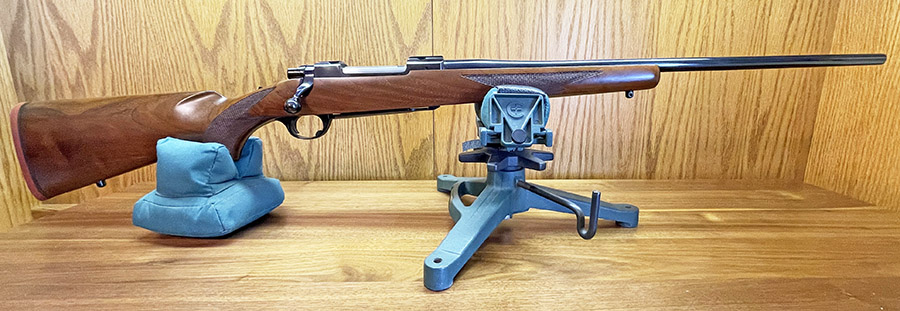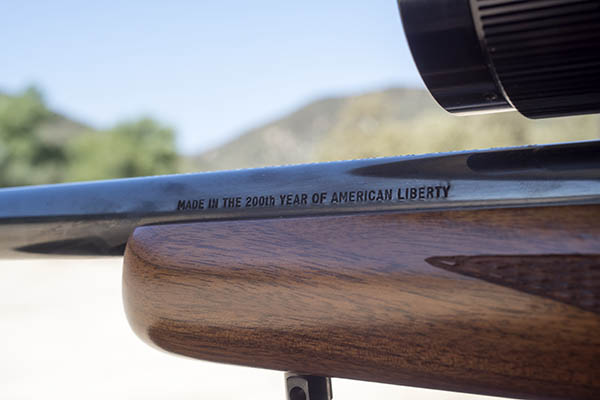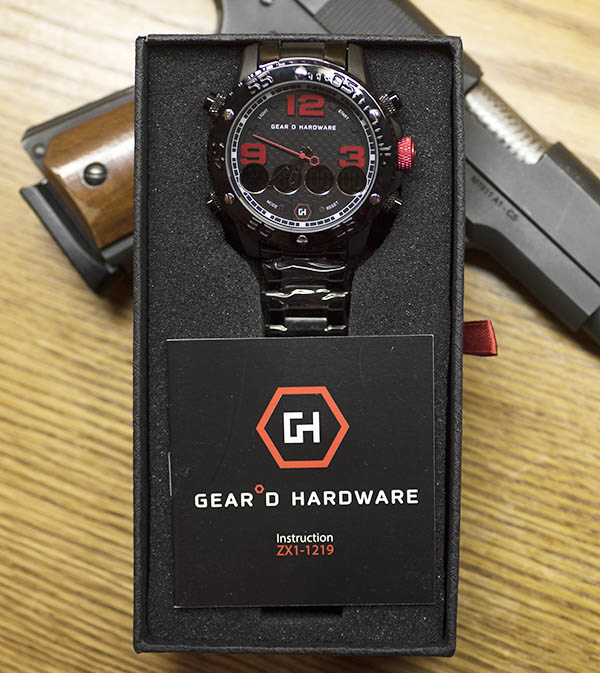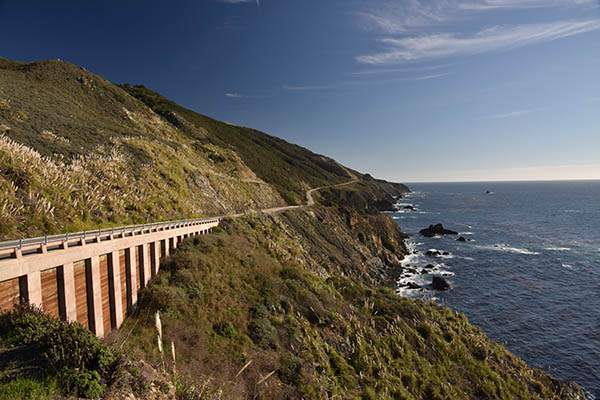By Joe Berk
The Ruger Model 77 rifle goes back to 1968. It gave Ruger a place in the centerfire hunting rifle class, and like the Remington Model 700 and Winchester Model 70 it would compete against, it outdid both by using the lucky number 7 twice in its name. The Model 77 is a good-looking bolt action rifle based on the Mauser design, with a classic walnut stock designed by famed custom rifle builder Lenard Brownell. I’ve owned several Model 77 Rugers, including this new-in-the-box .30 06 Liberty gun. I’d like to be able to tell you how accurate it is, but I can’t. I’ve never fired it. Nor has anyone else, other than the person who test fired it before it left the factory.
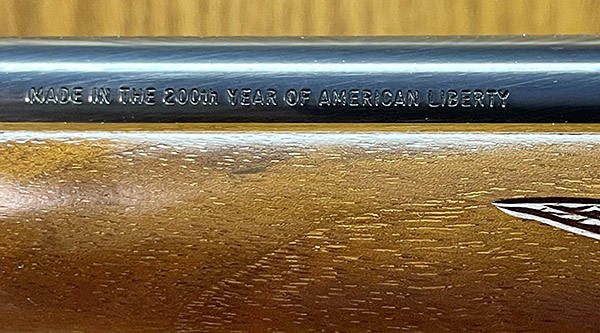

The Liberty designation mentioned above refers to the “Made in the 200th Year of American Liberty” roll marking on the barrel, which was a feature Ruger had on all its guns made in 1976. I bought the rifle in El Paso that year (I was in the Army stationed at Fort Bliss). This one has every thing that came with the rifle (the original serial numbered box, the scope rings and their blue cloth bag, the instructions, and the warranty card). It’s a brand new, unfired, almost-50-year-old rifle.
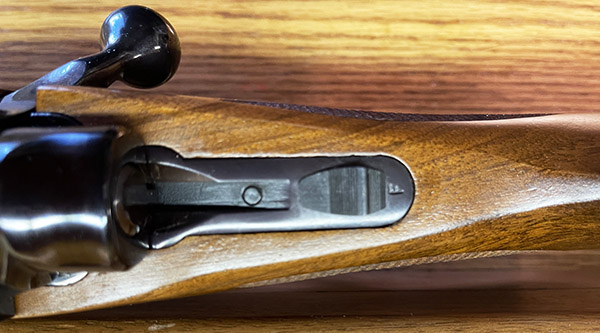

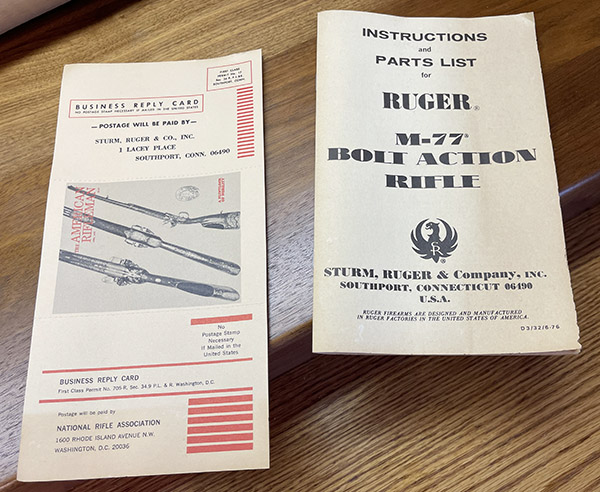
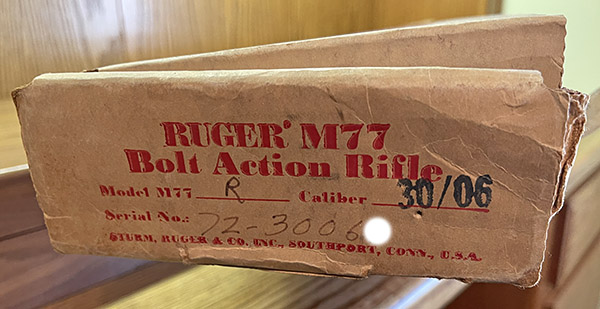
You know, Rugers (and most guns, for that matter) were different 50 years ago. The bluing was deeper, the checkering was hand cut (and way better than the laser cut fuzzball checkering you see today), and the guns just felt better. This Ruger is like that. It’s immaculate, and there’s only safe ding on the stock. Other than than, there’s not a mark, dent, ding, gouge, scratch, or (Heaven forbid) spot of rust anywhere on the rifle. Even the anodized aluminum floorplate is pristine.
The Ruger Model 77 MSRP was $169.50 in 1976 and I believe I paid something like $139 for this one. I probably have the original receipt for it somewhere. A new Ruger Hawkeye in .30 06 (the rifle the Model 77 evolved into) lists for $1399 (yep, ten times what I paid in 1976), but a new one is not as cool as the one you see here.
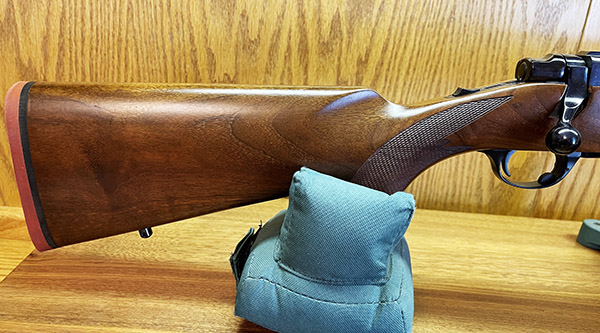

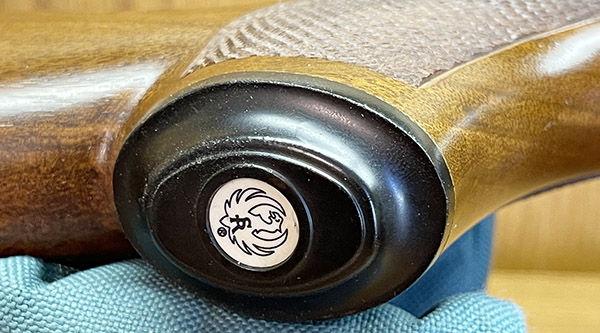
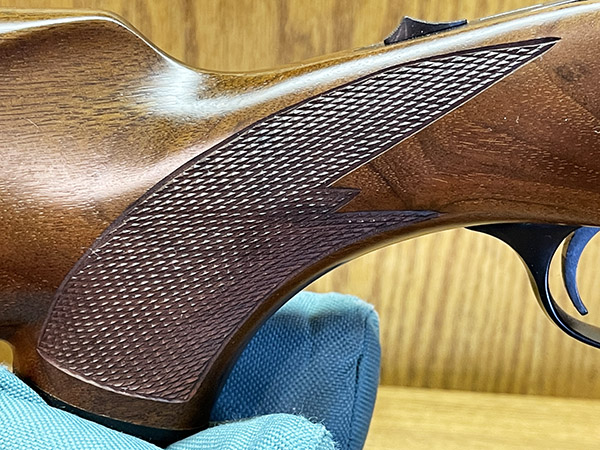
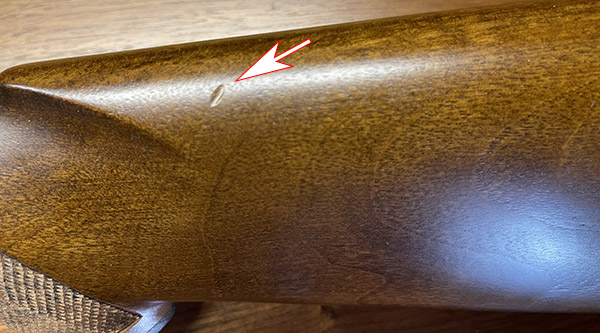
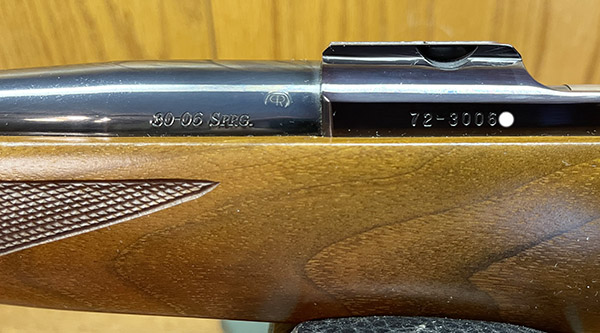
This rifle may be going on the block soon. It’s time to start downsizing the armory and it’s time for someone else to enjoy owning it. You’re probably wondering how much I’m going to ask for it. So am I. As I look at this magnificent example of 1970s firearm manufacturing and post these photos, I’m having second thoughts. It is a .30 06, and that’s God’s cartridge. Maybe it needs to send a few rounds downrange, and maybe I’m the guy to do it. We’ll see.
Never miss an ExNotes blog:
More Tales of the Gun!

